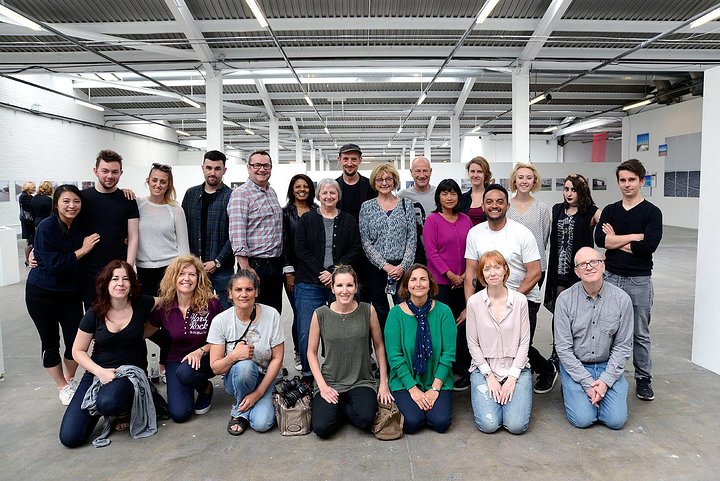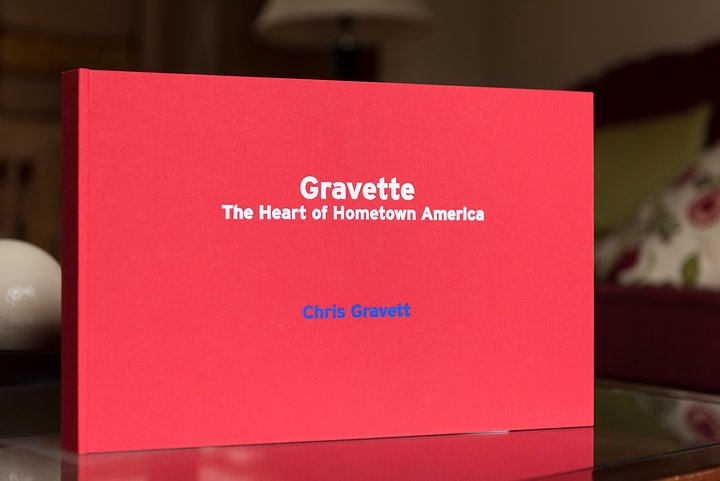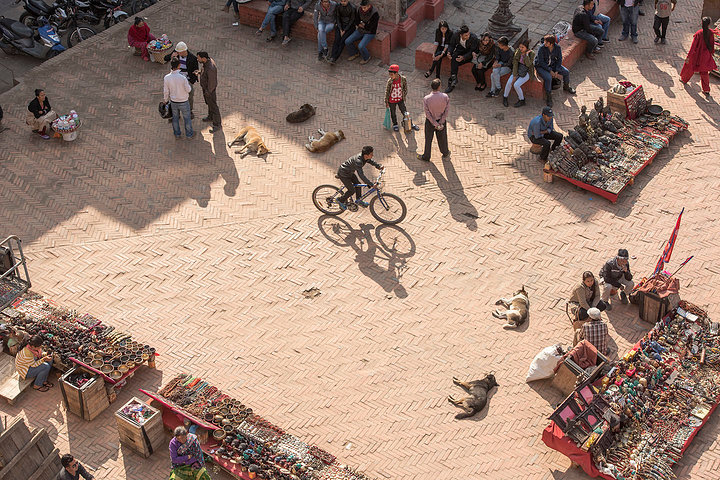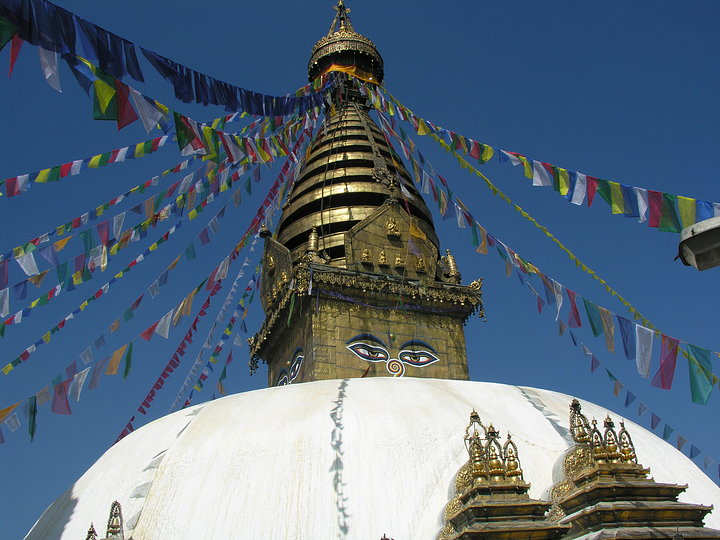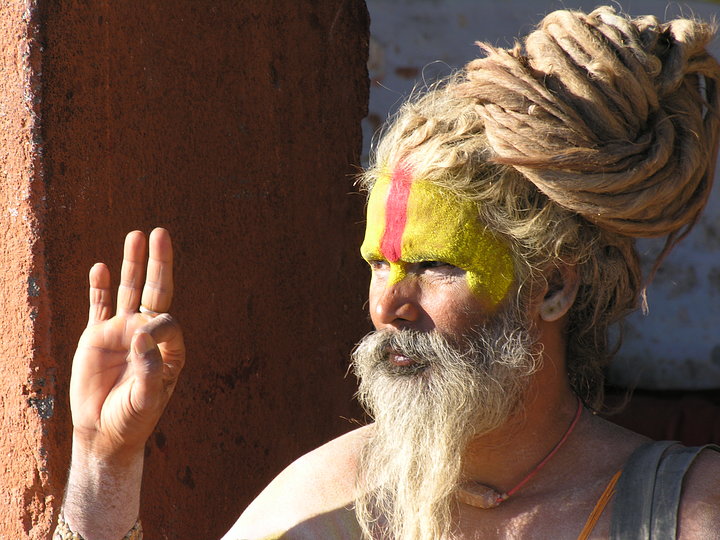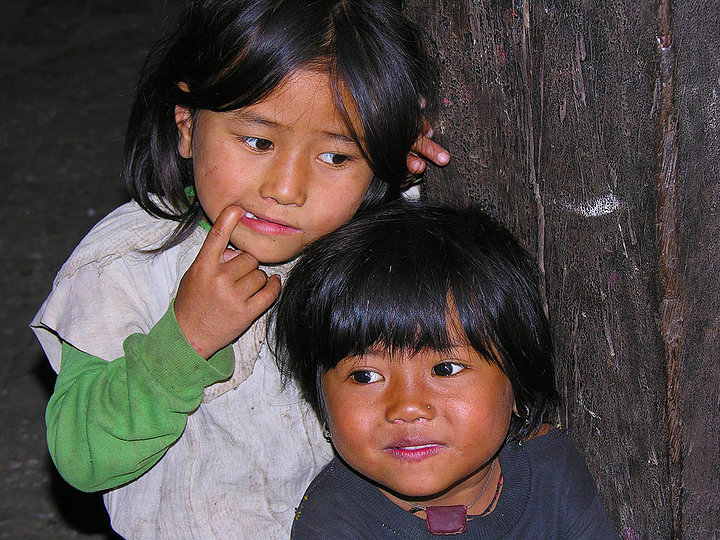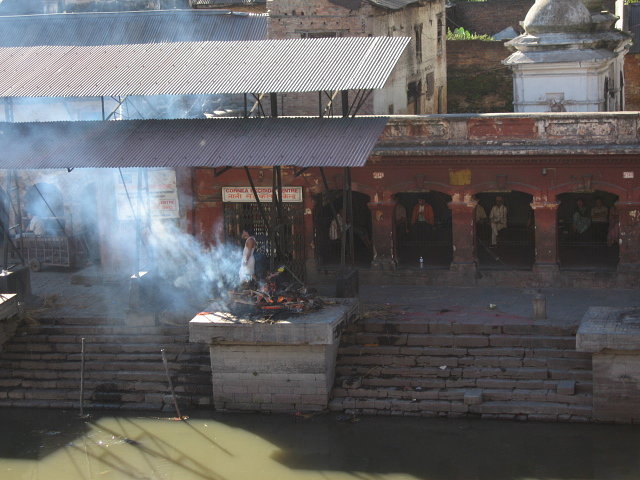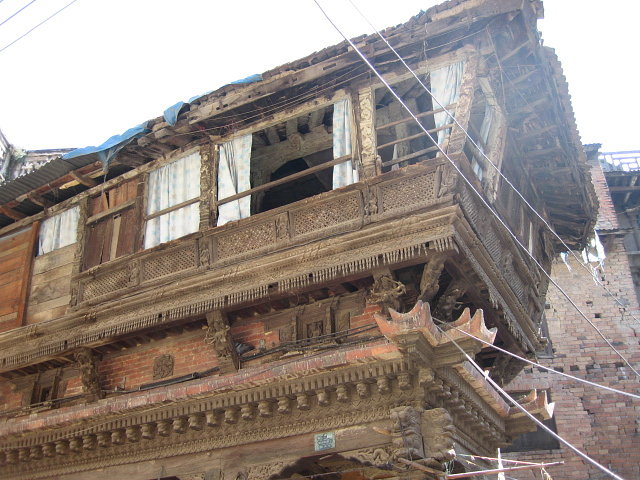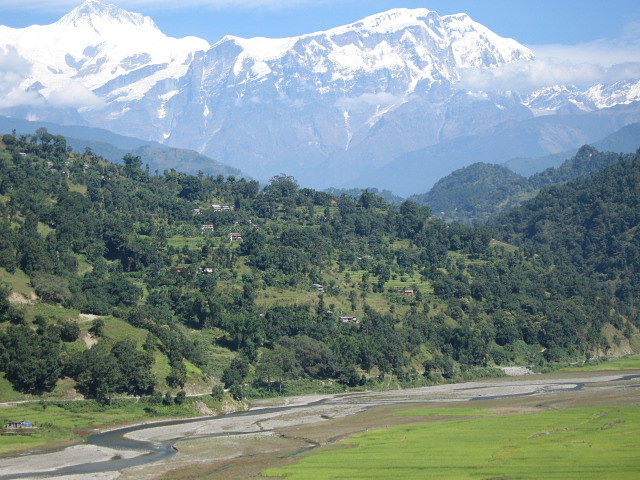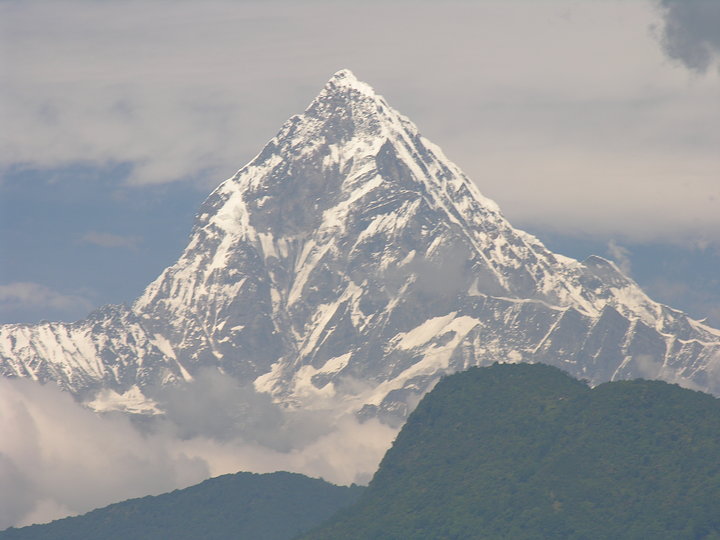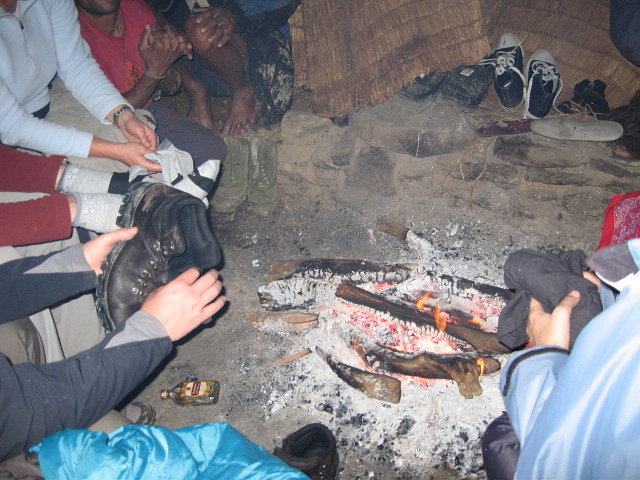Year One As A Professional Photographer
22 June 16
Posted at 10:40
On Thursday evening I will visit the private view of the University of Westminster Undergraduate Degree Show Photography at the Truman Brewery
Courtesy John Wallace
It is perhaps appropriate to reflect on the year, my first year as a professional photographer. During the last two years of my four year degree course it became clear that documentary photography would become my favoured practice. The combination of research, understanding and immersion in a given subject and then communicating primarily through images and or video is a process that gives me immense satisfaction. Having decided that would be my prime photographic activity (prime but not sole) it also became clear to me that I must accept I was not about to earn a fortune as a documentary photographer. I am in the fortunate position not to have to depend on my photography for a living equally, at least for now, I don't have to take on a job that would no doubt distract me from and intrude on my documentary projects. So I am in a privileged position not enjoyed by many of my peers. I was also clear in my mind that a) I could not simply keep on self funding projects (I'm not that privileged) and b) to be regarded as a 'professional' my work must be credible enough for others to commission me. Having done possibly more than OK in my degree and having reluctantly accepted that my projects so far had been credible I decided my first objective must be to build a reputation as a competent documentary photographer and to achieve that in a cost effective way. I acknowledged that it would be a slow process and would require a lot of hard work and a little luck.
My major project for my degree had been successful on many levels.
Gravette The Heart of Hometown America
The output had been a photo book, a documentary on a community in North West Arkansas. A measure of my success was coverage in the British Journal of Photography Gravette BJP article
I had started the year with the kind of exposure I was looking for. I figured if I was the only one of 50 or so exhibitors covered in such a magazine it could only be good.
I already had a good idea of my next project. I was going to follow up on the progress of aid agencies and charities six months after the earthquake that struck Nepal on 25th April 2015. I applied for a bursary to part fund the project. I had no doubt that I would be successful so when I wasn't it dawned on me that rejection was also likely to be a common theme of my photography career and something I should get used to.
I went to Nepal in November 2015 spending time with three charities. I also spent time independently meeting those affected by the earthquake. By the end of the year I had the task of editing a massive portfolio of images. I also had the task of planning how to use my work.
So fast forward to today and I ask myself what progress have I made? Well my initial project objective was to document the progress of aid agencies six months after the earthquake. I expected to be focussing on rebuilding and infrastructure but what I found is that the real damage caused by earthquakes is the accentuation of the problems that Nepalese people live with - chronic poverty, child labour, human trafficking, gender disparity, abuse etc. I became close to the charities I spent time with. As a result I offered to put on an exhibition in conjunction with and in aid of Kidasha a London based charity specialising in supporting children and families in Nepal. I did this in the knowledge that I was also collaborating with two other photographers in an exhibition in June. I soon found that I had bitten off quite a lot putting on two exhibitions in the space of about six weeks. Really it boiled down to me working on nothing else from March until today. It's been worth it. Although not in the plan I am proud that my first exhibition raised over £3000 for Kidasha and also provided awareness of both the charity and their work but also exposure of my work to a new audience. In early June Yesterday's News an immersive multi media event proved to be a rewarding experience working not only with two other photographers but also set designers, a film maker, a sound engineer, a poet, journalists and documentary film producers. This was a high profile event at Platform Southwark, again my work reached a new audience. Also almost a year to the date my work was again featured in BJP Yesterday's News
Whilst at the exhibition I received a visit from a guy who is selecting work from Photo Book projects for a RPS exhibition later this year. He came to advise me that work from Gravette The Heart of Hometown America has been selected.
In twelve short months I have funded and part completed a project that has not only given me exposure but has raised money for a good cause. That and my previous project have featured in BJP and also in FAD Magazine
I have made some progress with my objective of establishing a reputation as a documentary photograher as I said earlier it will involve hard work and a little luck. It's fair to say in year one I've experienced both.
Durbar Square
